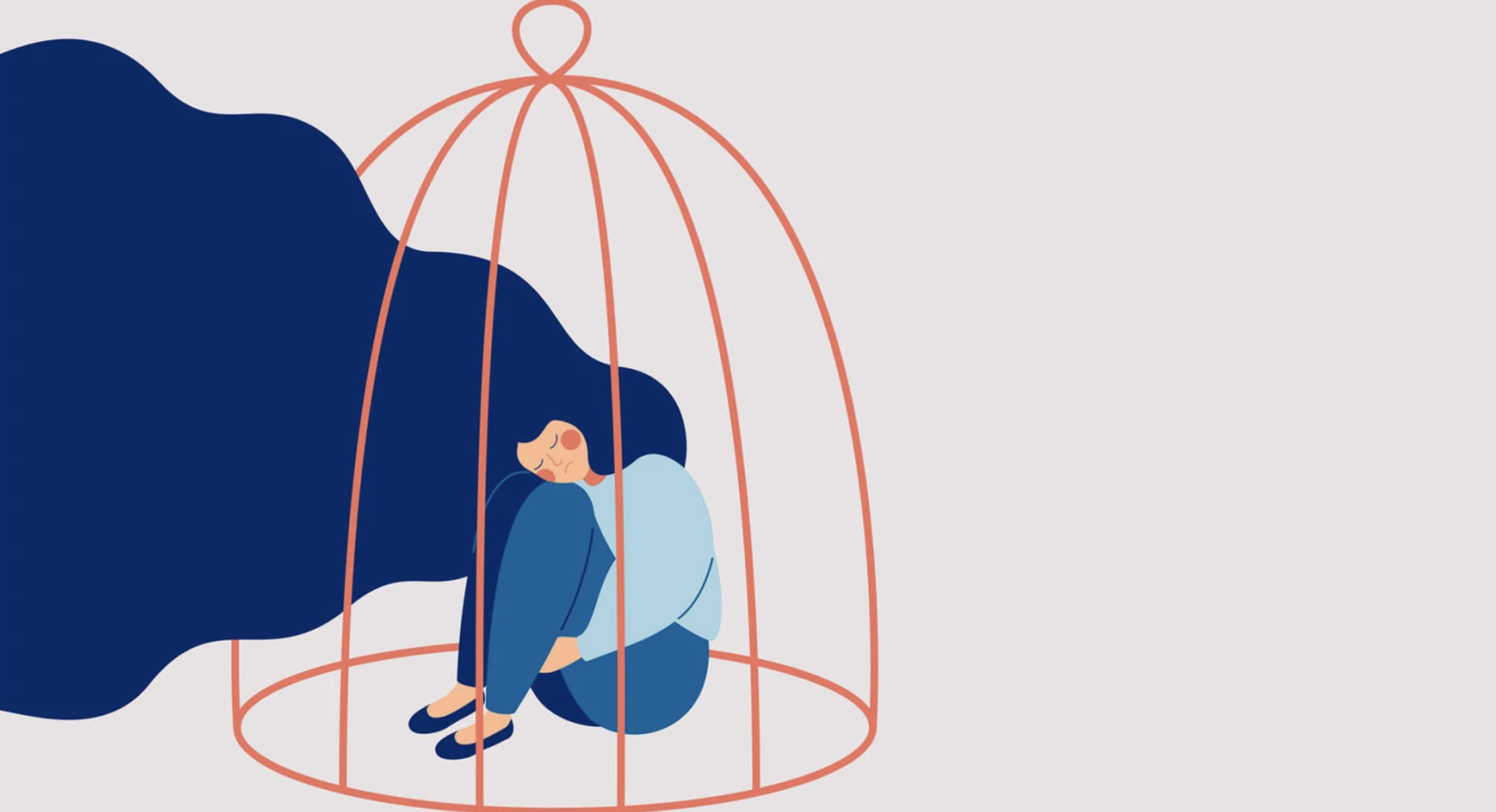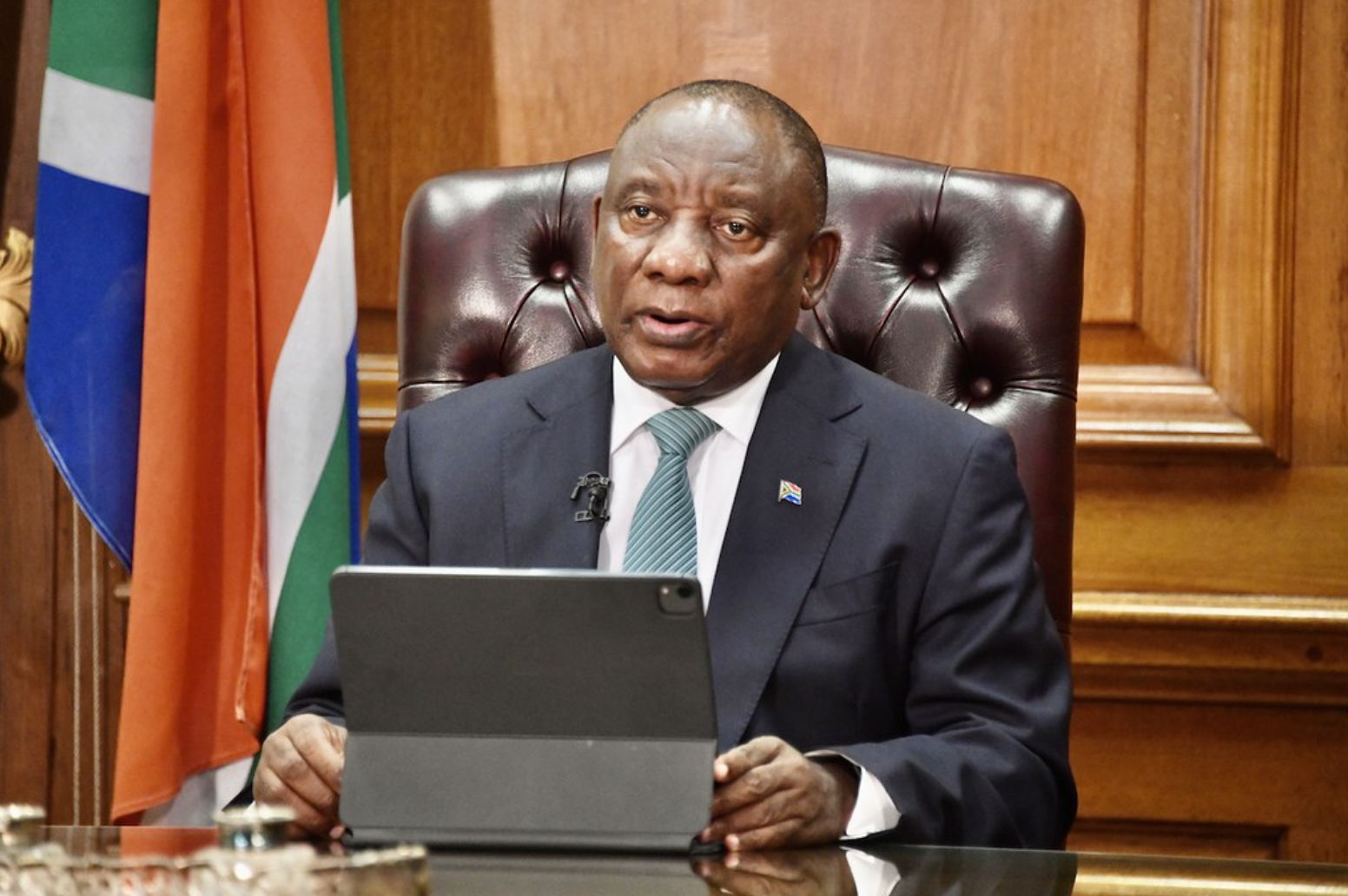News
Africa is Not a Country: One Size Does Not Fit All in the Fight For Gender Equality
Girls and women in developing countries in Africa face distinctive sets of barriers that prevent them from leading independent, full lives, and from contributing to economies.

The concept of “gender equality” is sometimes thought of as a fait accompli, at least in the western world. Angela Merkel as the former chancellor of Germany and Halimah Yacob as President of Singapore are just two examples of women leading some of the richest nations; internationally, women outnumber men in university completion and three quarters of white employees consider themselves as allies to women of colour in the Global North.
In developing countries in the Global South, however, former president of Liberia Ellen Johnson Sirleaf is very much the exception in Africa as a female leader, and the picture of everyday life for girls and women is markedly different from those living in the Global North. As we embark on a new year, I am reminded of the fact that in South Africa, 23,226 teenage pregnancies were recorded by the Gauteng Department of Health between April 2020 and March 2021 — at the height of the Covid-19 pandemic — and that many babies were born to girls as young as 10.
Girls and women in developing countries in Africa face distinctive sets of barriers that prevent them from leading independent, full lives, and from contributing to economies. These include teenage pregnancy, violence — in the forms of rape, domestic violence, female genital mutilation; child, early, and forced marriages; HIV; inadequate infrastructure; unsafe environments; and systemic gender biases that hold that a woman's place is in the home. All of these factors are underpinned by a firm patriarchal culture that undervalues girls and women.
In many African countries, there are more boys in school than there are girls. In Nigeria, 62% of children not in school are girls. A limited education restricts one's life chance of earning a decent living, and with girls disproportionately not being in school, this increases their dependency on men and makes them vulnerable to domestic violence in patriarchal societies that deem women to be property.
In South Africa, about 17.1% of girls, compared with only 0.3% of boys, are not attending school due to family commitments. In the latest General Household Survey released by Stats SA, 6% of girls in South Africa not in school reasoned that “education is useless”. Violence against girls and women is of great concern in South Africa.
Girls face sexual harassment and assault in schools from both fellow students and teachers. These occurrences cause girls to fear going to school, and some to stop going altogether. Girls cannot perform well in school under such circumstances. According to Stats SA in November 2021, of the nearly 73,000 assault cases in South Africa reported between July and September 2021, more than 13,000 were domestic violence-related.
South Africa has the most people living with HIV/Aids in the world at 7.1 million. This figure is more than double the number of people living with HIV/Aids in Nigeria, the country with the second-highest HIV/Aids population. Girls and women are four times more likely to be HIV-positive than boys and men, which may lead them to drop out of school. Girls are also often forced to drop out of school to care for family members living with HIV/Aids, which limits girls' opportunities to pursue careers that could lift them out of poverty.
Female genital mutilation (FGM), which refers to all procedures involving partial or total removal of female genitalia for non-medical reasons, is a traditional cultural practice in many states in Africa, the Middle East and in Asia. At least 200 million girls and women, alive today, have undergone FGM. A quarter of global estimates of the practice of FGM occurs in Nigeria. FGM is believed to reduce a woman's sexual desire, intended to prevent promiscuous and extramarital sexual behaviour, which is the rationalisation behind religious and/or cultural reasons for the practice. It is mostly carried out on girls between infancy and 15 years old. Studies have shown that not only do girls and women experience physical health problems after being cut, but they also may have elevated rates of post-traumatic stress, anxiety and other mental health disorders.
So how is this all of concern to the development of states?
It is now well established that young women's equality, freedom, education and development are central to the economic development of all societies. The dynamics of the relationship between gender equality and economic growth are complex. Studies such as focusing on the direction of causality from gender equality to growth have shown that long-run growth models illustrate that gender equality enhances human capital endowment. Empirical evidence also shows that gender equality boosts economic growth through the impact on the size of the labour force, and also leads to higher income equality which in turn can improve the sustainability of economic growth.
Gender inequality is a major cause and effect of hunger and poverty: it is estimated that 60% of chronically hungry people are women and girls. On average, women make up about 43% of the agricultural labour force in developing countries. Evidence shows that if these women had the same access to productive resources as men, they could increase yields on their farms by 20% to 30%, raising total agricultural output in these countries by 2.5% to 4%. This would reduce the number of hungry people in the world by about 12% to 17%.

The African Union recognises that not only is gender equality a fundamental human right and an integral part of regional integration, but also economic growth and social development. According to the World Economic Forum in 2021, it will take another 136 years for the global gender gap to close.
It is all very well having global solidarity among women, and we must, but conditions in the Global North and South are hugely different. Indeed, even in the Global South, there are specific differentials — in Nigeria, FGM is prevalent, but not so in South Africa, while the assault against women by their partners is not as high as in South Africa, where the HIV rate is also double that of Nigeria.
There is no one size fits all as we fight for gender equality, even though, of course, there are overlaps.
This article originally appeared on Daily Maverick
Photo: Adobe Stock


